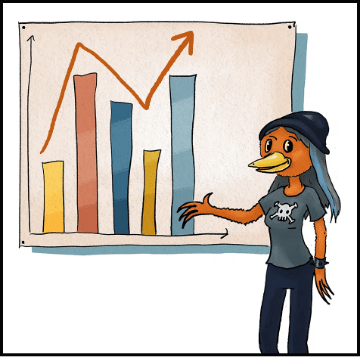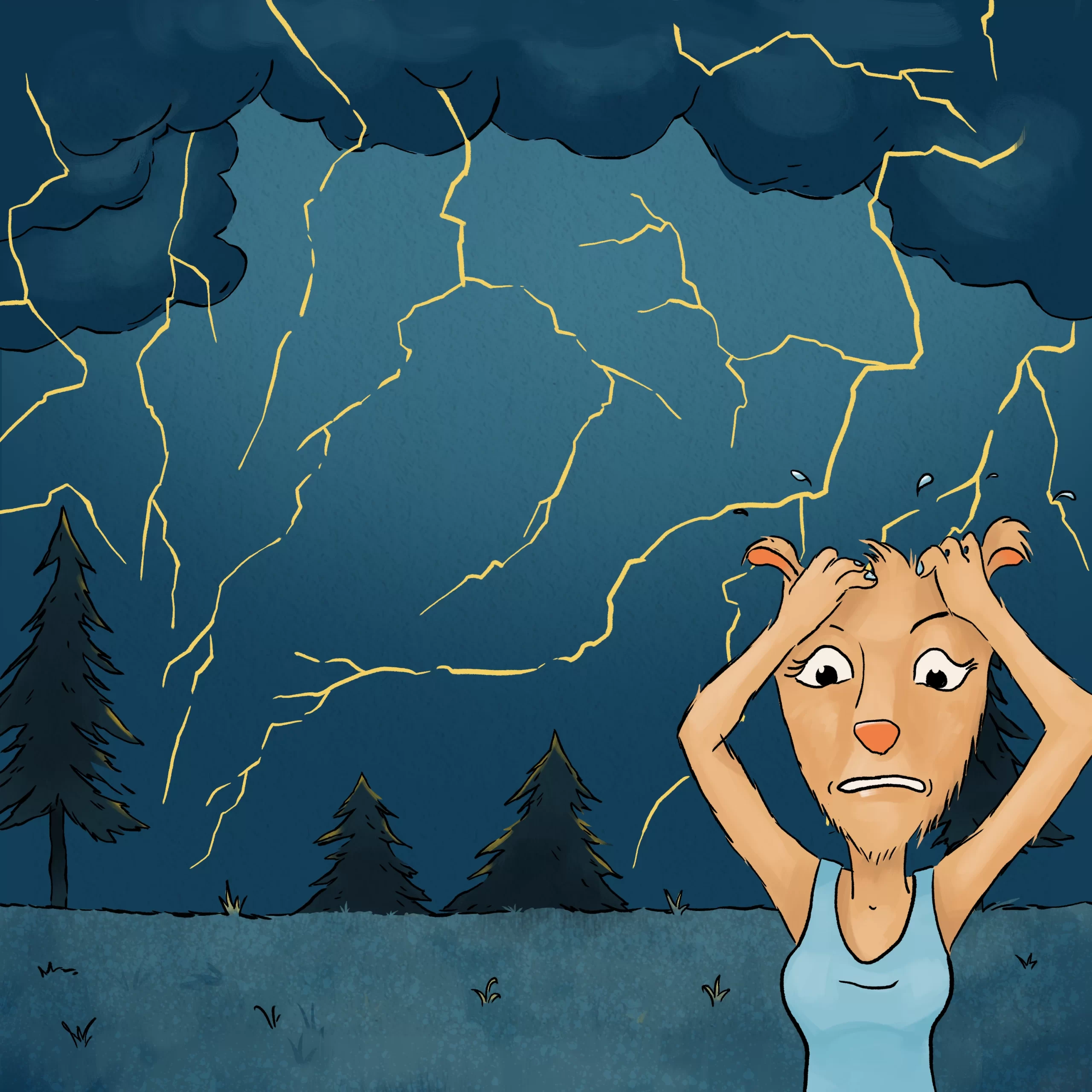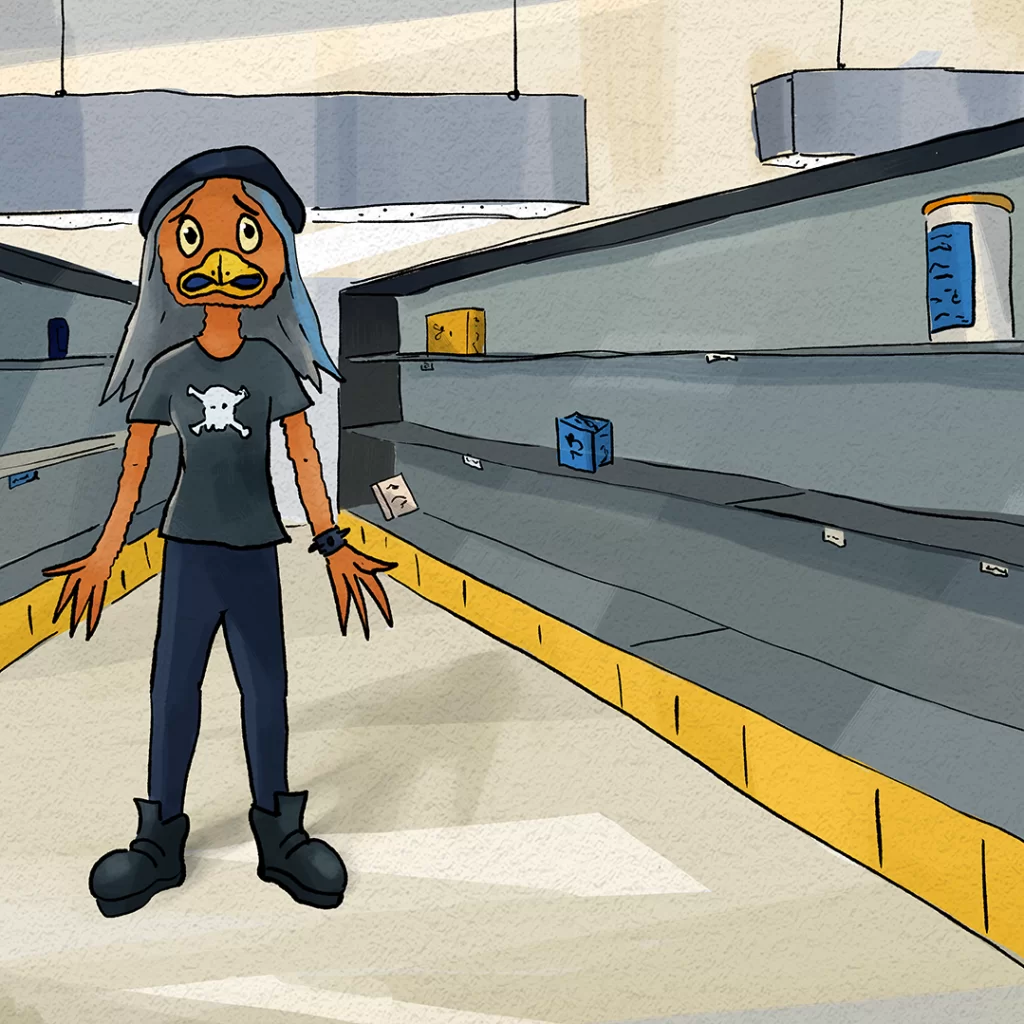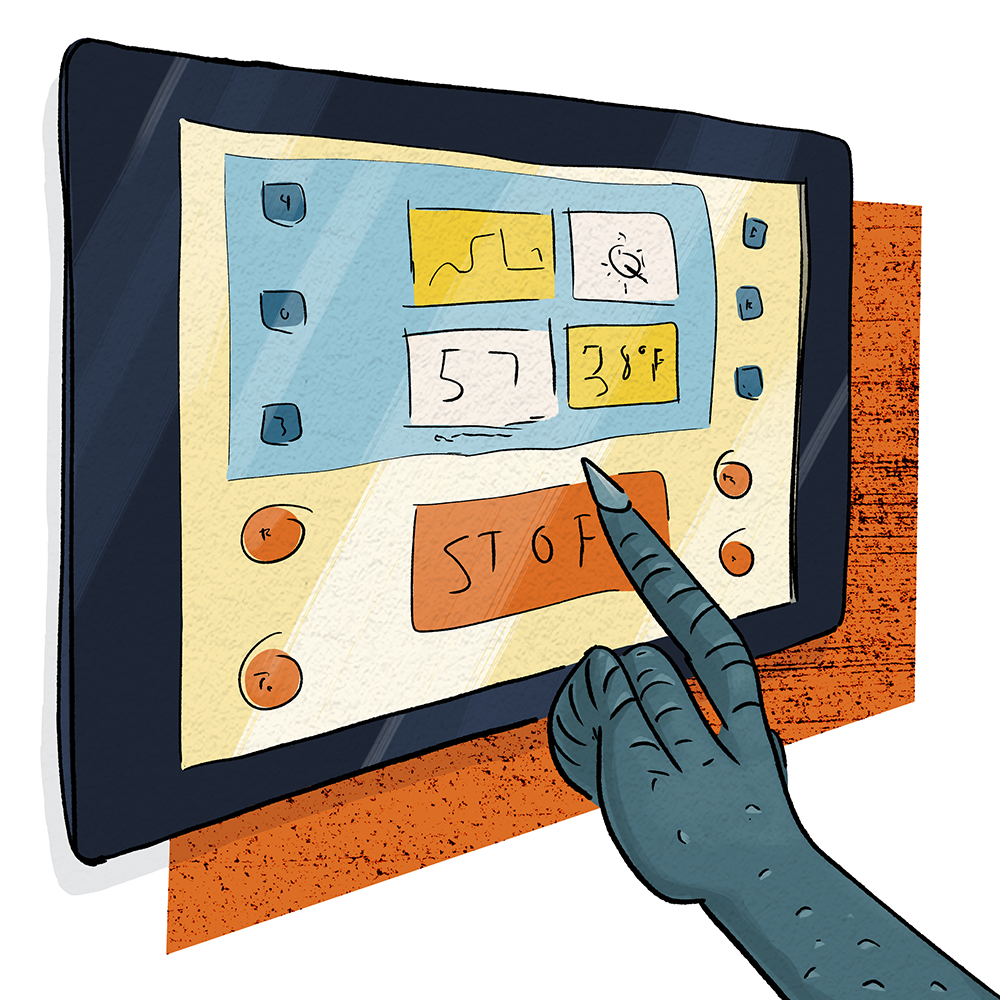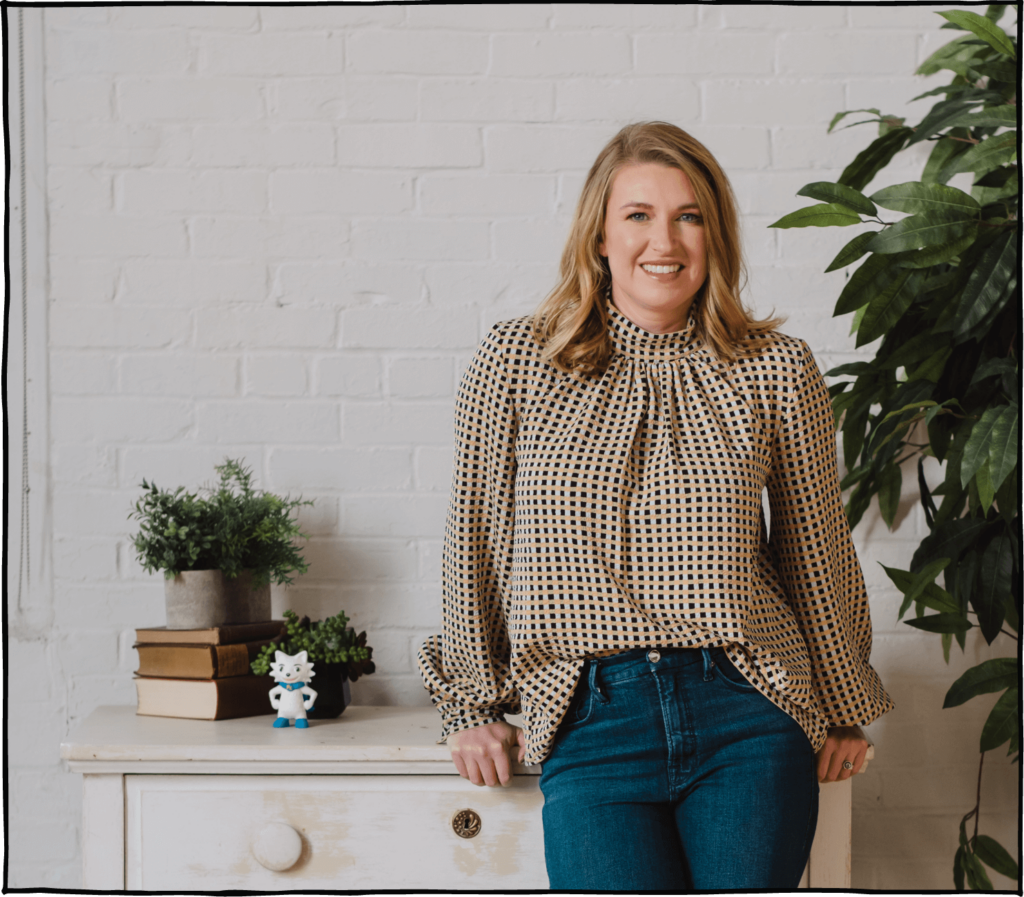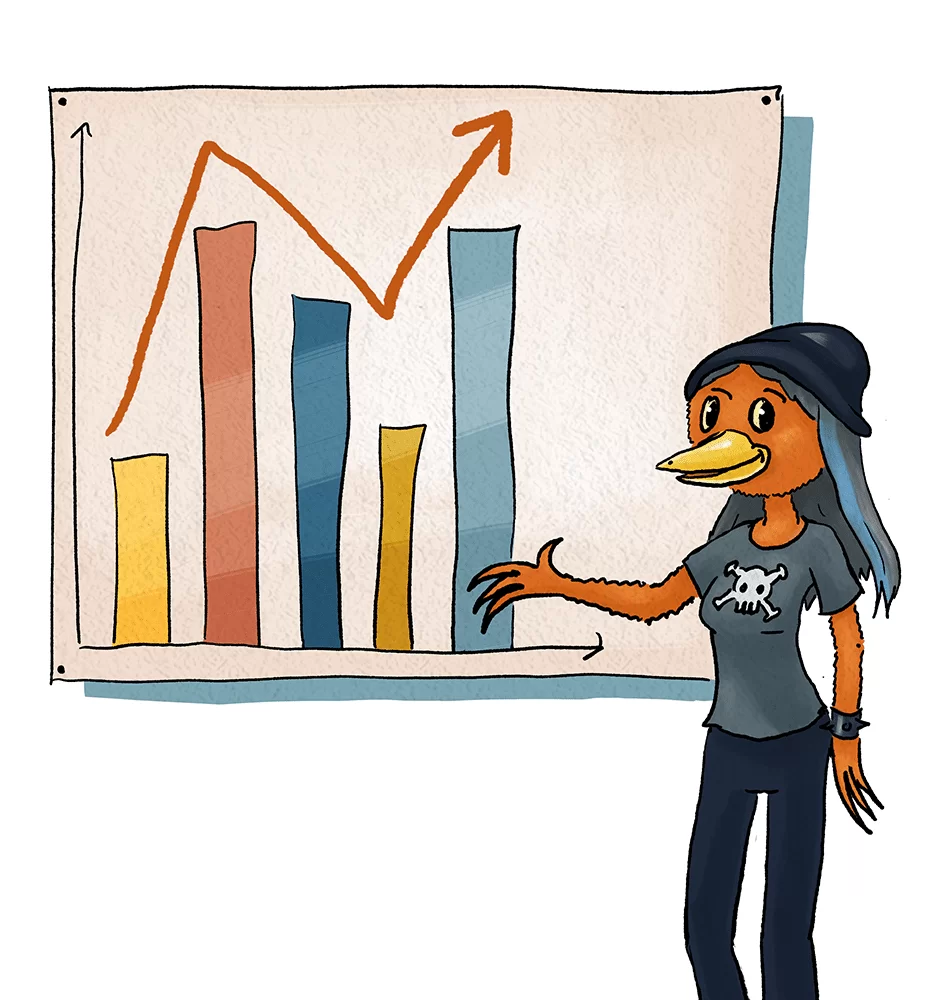
You know that having the RIGHT amount of inventory is crucial to your business success. But how do you know exactly what the right amount is???
Enter Demand Forecasting
Demand forecasting is just what it sounds like: predicting how much demand (how many sales) there will be for each of your products at various times in the future. There are several* reasons for doing demand forecasting, but for this article, we’ll focus on forecasting demand so that you know how much inventory to hold.
Rhonda didn’t know much about demand forecasting…
If you’re a regular PCat reader, you know that Rhonda is a retired nurse who now runs a business selling wooden items that she makes in her garage workshop.
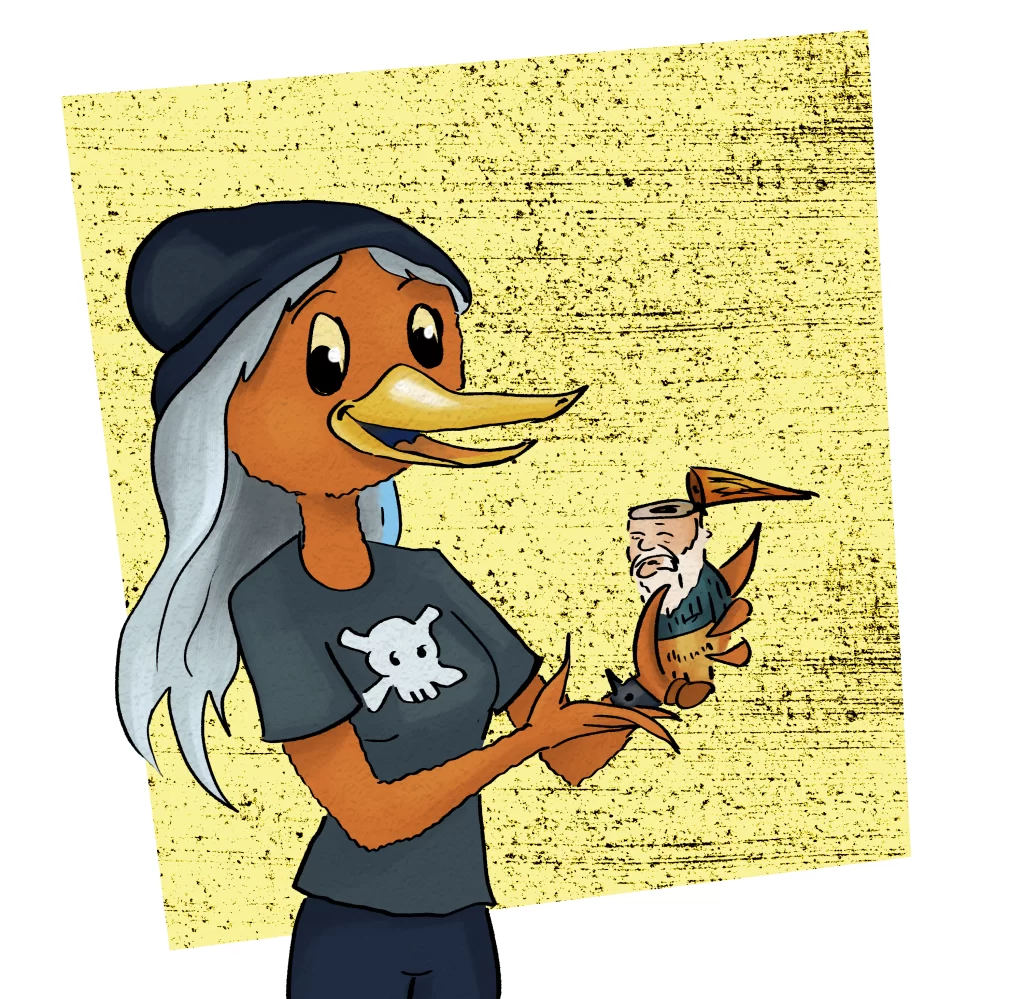
And if you’ve been following along with the last few articles, in particular, you also know that Rhonda has been struggling with finding the right balance between too much inventory and too little. (If you haven’t? You might want to read the first and second articles in this series before this one.)
If you’re struggling with finding the right amount of inventory to hold, you’re NOT alone. It’s tricky figuring out what’s too much and what’s too little!
Luckily in Rhonda’s case, her friend Process Cat was in the neighborhood.
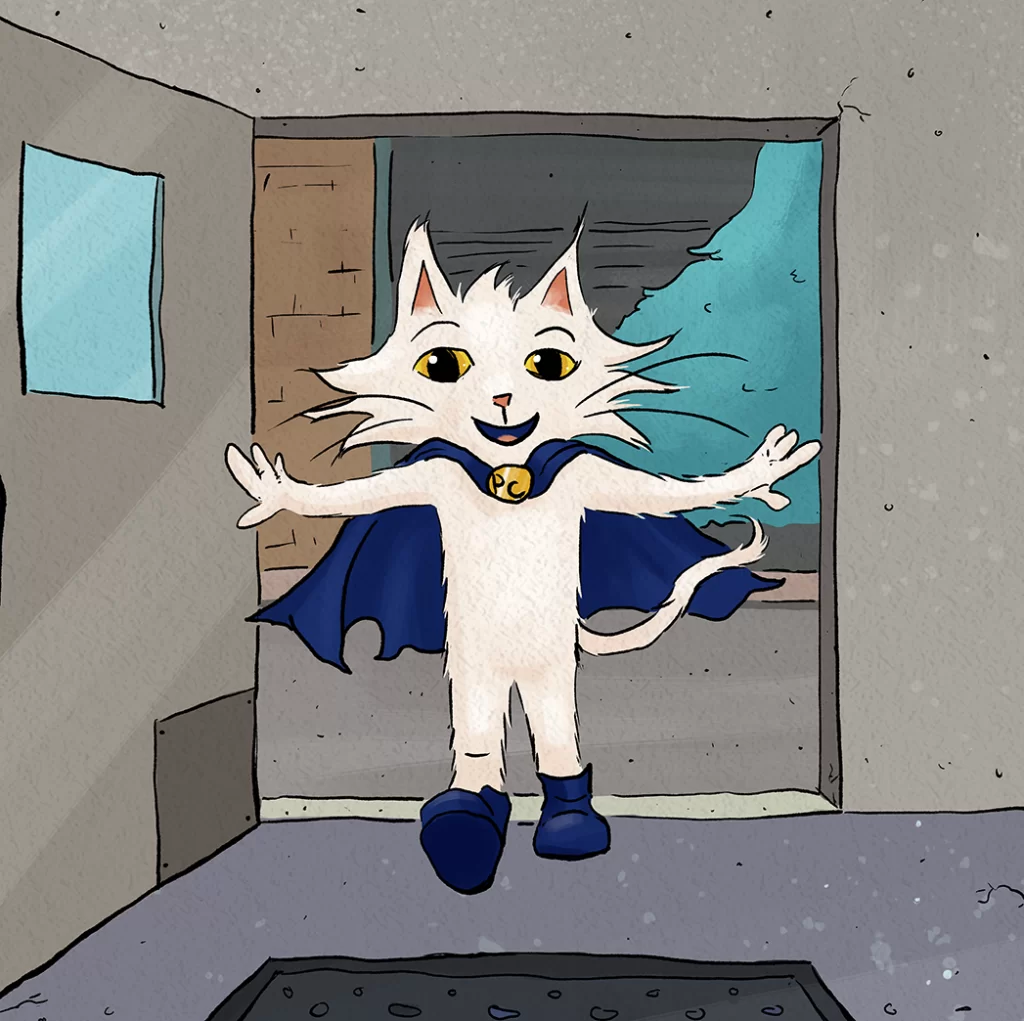
So Rhonda and Process Cat sat down to hash it out. He asked her to look back through the last few year’s sales data (which she ALWAYS keeps very carefully recorded along with all her expenses, just as I know you do 😉
Anyway, when they graphed Rhonda’s sales data over the last few years, they did notice some clear trends. Most notably? Sales were high throughout the summer and fall, and there was another peak around the year-end holidays. But late winter had been a dead season for Garden Gnome-Shaped Beer Mugs. That made sense once they thought about it….
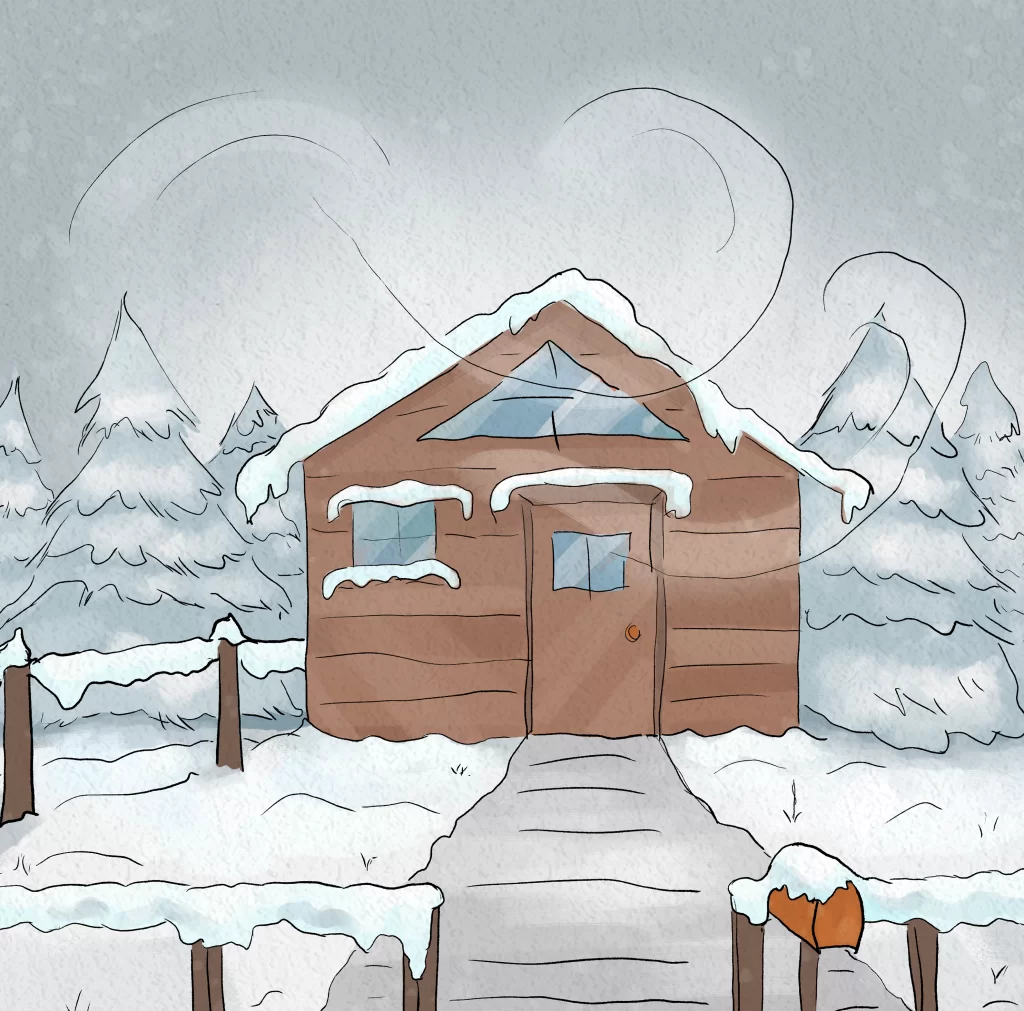
Logical enough.
Anyway, by looking back at past years’ sales and factoring in the fact that her business was growing, Rhonda and Process Cat were able to come up with a reasonably reliable prediction of how many Gnome-Shaped Beer Mugs her customers would buy in each month of the following year.
But Rhonda did have one question…

Demand Forecasting is different from Sales Goals
Yes, they are different.
See, Rhonda had recently hired some part-time sales/marketing people to help promote the Gnome-Shaped Beer Mugs. As part of that, she’d had to create sales goals for each of them. Now, the thing about goals is that by definition they are optimistic targets to aim for rather than neutral, objective predictions.
So Process Cat advised Rhonda to have separate sales goals and demand forecasts, with the assumption that the demand forecasts are more realistic.
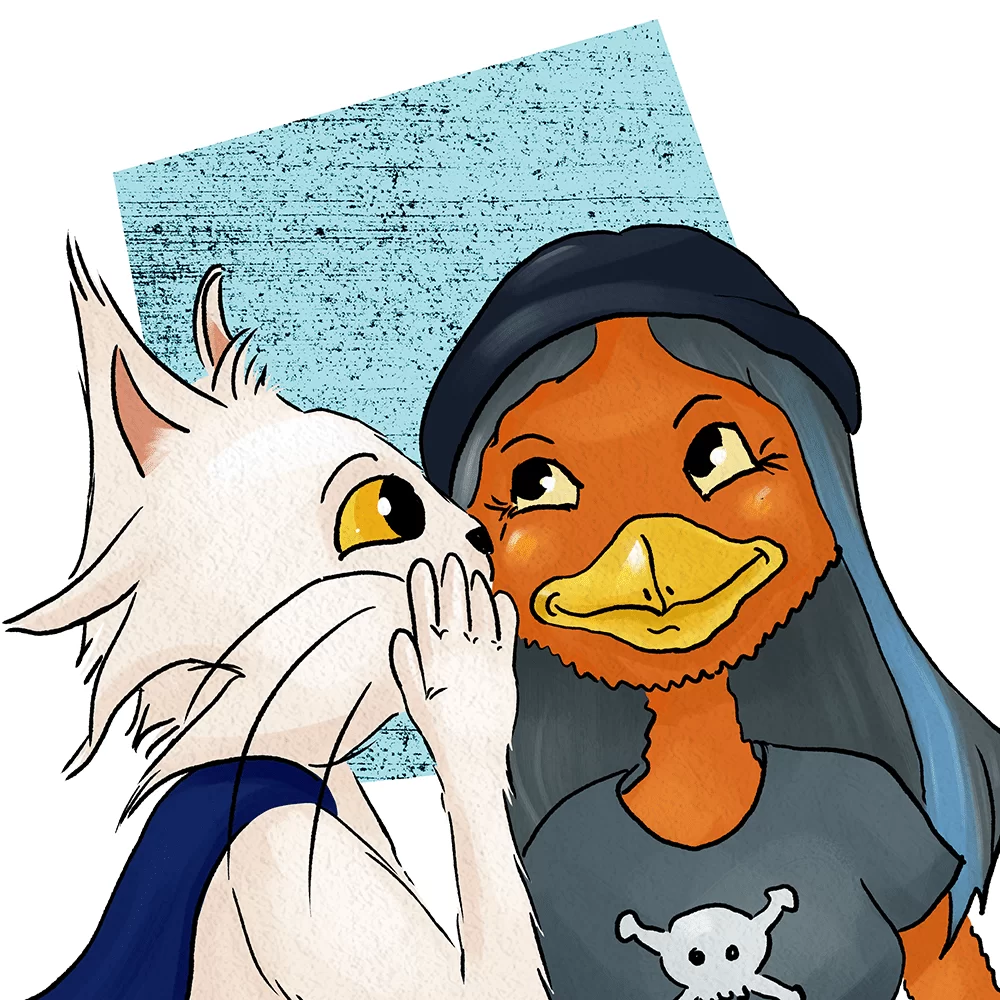
Weekly Challenge:
If you’ve been in business for a year or more, you’re ready to get started with Demand Forecasting! Look back over your past sales data and see what trends you observe. Then think about how you should let this information inform your inventory plans.
*Predicting cash flow, for one example
